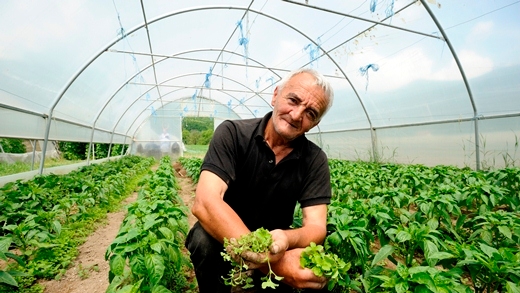Between May 14 and May 17, more rain fell in Bosnia and Herzegovina than typically falls in three months. Rivers swelled, mountains eroded, and disaster struck the country. Floods ravaged towns and inundated newly-plowed fields. Landslides destroyed roads and other vital infrastructure. People fled their homes, seeking dry land and shelter. The results were devastating – more than 20 deaths, 90,000 people displaced around the country, and billions of dollars in damages across the region.
While this flood – the worst in recorded history – was more deadly and more destructive than any other natural disaster in living memory, it was only the latest in a series of floods that have plagued Bosnia and Herzegovina over the last several decades.
Sudo Forto, a farmer living outside of Gorazde, Bosnia and Herzegovina, remembers the last time a flood close to this magnitude struck the country – during the winter of 2010.
“I was born and raised here and I can’t remember the water ever being that high,” recounts Forto.
“When the floods happened, it was night. In the morning, we saw what happened. There was no one whose heart didn’t flutter and leap.”
“Anyone who has seen that will always remember,” he concluded.

